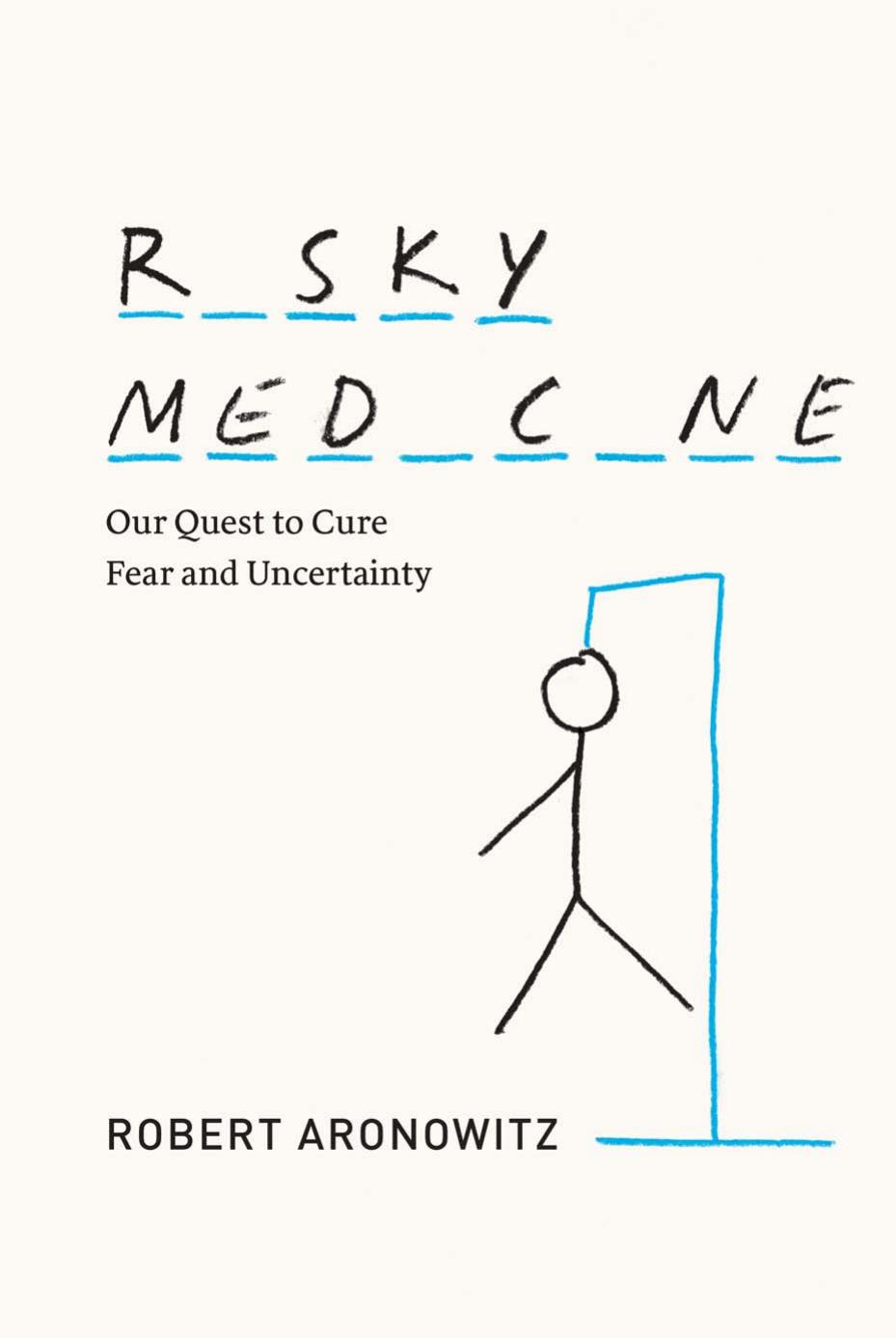Risky Medicine: Our Quest to Cure Fear and Uncertainty by Robert Aronowitz

Author:Robert Aronowitz [Aronowitz, Robert]
Language: eng
Format: epub, pdf
ISBN: 9780226049854
Publisher: University of Chicago Press
Published: 2015-09-15T22:00:00+00:00
Local origins, global use
Differences between the historical, social, and economic contexts in which risk interventions originate and the contexts in which they are later used can lead to unanticipated health consequences. Some recent examples are the new HPV vaccines, whose architecture and cost constrain their promise to reduce the harms of cervical cancer in poor parts of the world.9 Cervical cancer is a very real problem in rich and poor countries alike. In the U.S. in 2009, National Cancer Institute officials estimated there were 11,270 new cases of invasive cervical cancer and 4,070 deaths.10 There were significant racial and socioeconomic disparities. African American women, for example, had over twice the chance of developing invasive cervical cancer and over three times the risk of dying from the disease than white women.11 These rates were nevertheless a very small fraction of the total burden of suffering from cancer in the U.S. The problem is far worse in some poor countries, where women have been dying from cervical cancer at seven times the rate of women in rich countries, making it a leading cause of cancer death, and rates are if anything increasing, driven in many places by the lethal interaction between HIV and HPV infections.12
Given this burden of disease, many people have urged that HPV vaccines be made available in the global south. But the existing vaccines were designed for a very different population. As discussed in chapter 5, these products—their architecture, manufacturing details, marketing, and cost—have features of risk-reducing pharmaceuticals as well as traditional vaccines. They are cost-effective in rich countries not so much by reducing the harm caused by warts and cervical cancer but by reducing the number of abnormal Pap smears (some three million women in the U.S. are diagnosed yearly with ASCUS, atypical squamous cells of uncertain significance). The workup and management of these abnormal tests consumes billions of dollars, and the vaccines are likely to dramatically reduce the number of abnormal tests, as many abnormalities are caused by infection from the HPV types included in the vaccines.
The current HPV vaccines licensed in Europe and the U.S., Merck’s Gardasil and GlaxoSmithKline’s Cervarix, share ingenious and expensive-to-produce viral-like particles (VLPs) that provoke immunological reactions to HPV types 16 and 18.13 In Europe and North America, these two HPV types are associated with some 70 percent of existing cervical cancer.
The potential contribution of other HPV variants to cervical cancer did not push either of these vaccine makers to initially target them in their vaccines.14 Reasons for not adding HPV types include their increased cost and concern with possible side effects. Vaccine development is also a stepwise, costly, time-consuming process, so the initial development of vaccines targeting the most pathogenic strains inevitably constrained later developments. But these factors (discussed in more detail below) give an incomplete picture of the market and medical logic of an HPV vaccine developed for economically advanced regions. The existing vaccines were efficacious enough in places where cervical cancer is not a leading cause of cancer mortality,
Download
Risky Medicine: Our Quest to Cure Fear and Uncertainty by Robert Aronowitz.pdf
This site does not store any files on its server. We only index and link to content provided by other sites. Please contact the content providers to delete copyright contents if any and email us, we'll remove relevant links or contents immediately.
Periodization Training for Sports by Tudor Bompa(8209)
Why We Sleep: Unlocking the Power of Sleep and Dreams by Matthew Walker(6651)
Paper Towns by Green John(5136)
The Immortal Life of Henrietta Lacks by Rebecca Skloot(4548)
The Sports Rules Book by Human Kinetics(4339)
Dynamic Alignment Through Imagery by Eric Franklin(4171)
ACSM's Complete Guide to Fitness & Health by ACSM(4019)
Kaplan MCAT Organic Chemistry Review: Created for MCAT 2015 (Kaplan Test Prep) by Kaplan(3969)
Introduction to Kinesiology by Shirl J. Hoffman(3743)
Livewired by David Eagleman(3728)
The Death of the Heart by Elizabeth Bowen(3577)
The River of Consciousness by Oliver Sacks(3571)
Alchemy and Alchemists by C. J. S. Thompson(3480)
Bad Pharma by Ben Goldacre(3395)
Descartes' Error by Antonio Damasio(3247)
The Emperor of All Maladies: A Biography of Cancer by Siddhartha Mukherjee(3111)
The Gene: An Intimate History by Siddhartha Mukherjee(3074)
The Fate of Rome: Climate, Disease, and the End of an Empire (The Princeton History of the Ancient World) by Kyle Harper(3030)
Kaplan MCAT Behavioral Sciences Review: Created for MCAT 2015 (Kaplan Test Prep) by Kaplan(2957)
